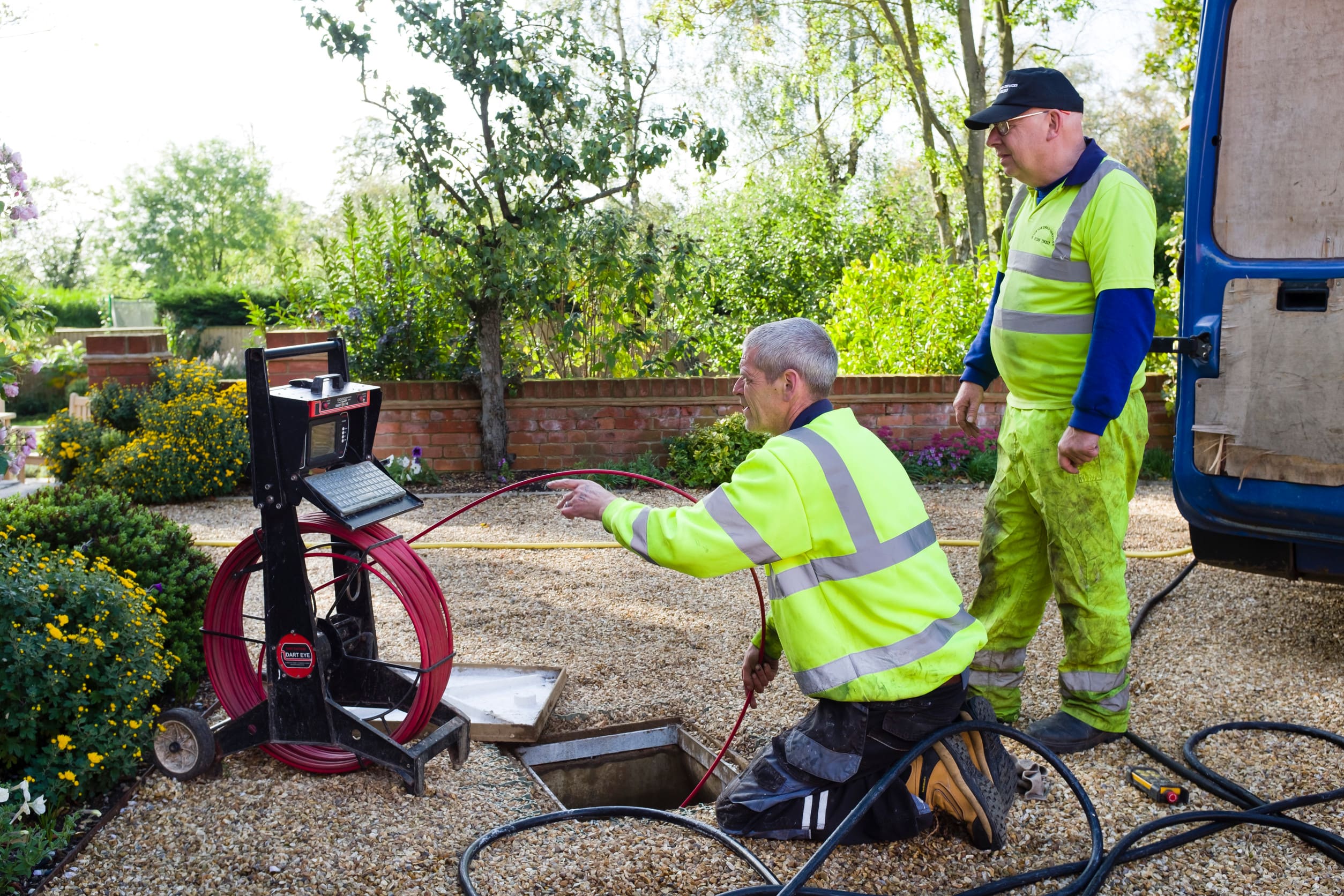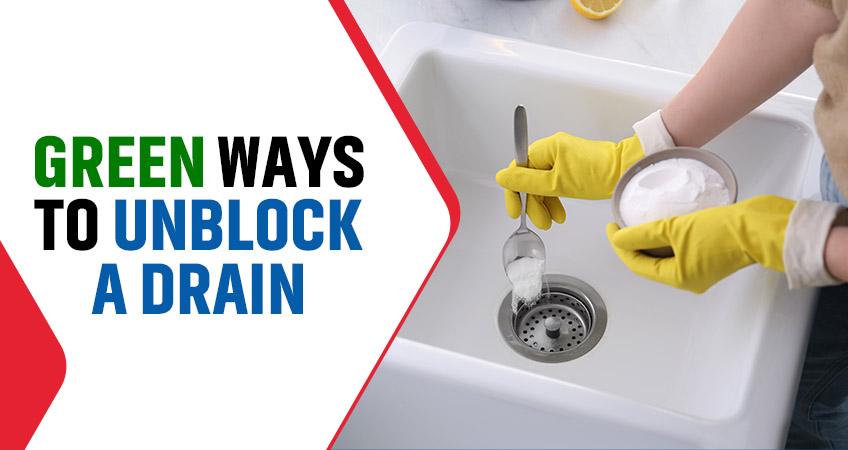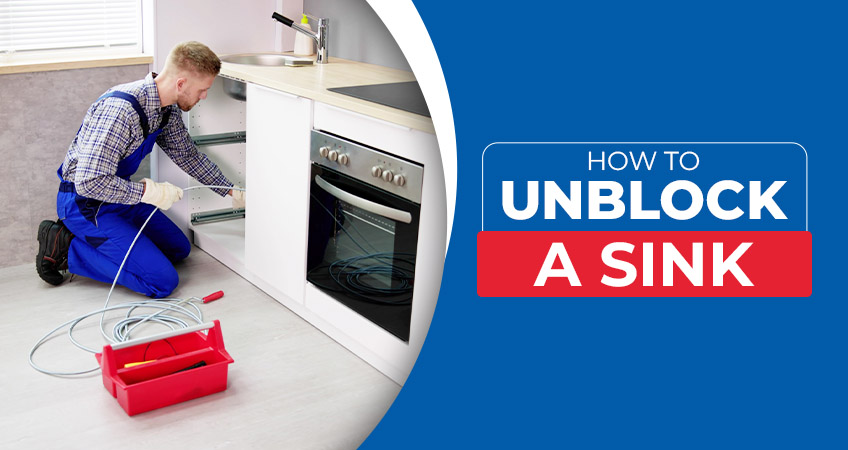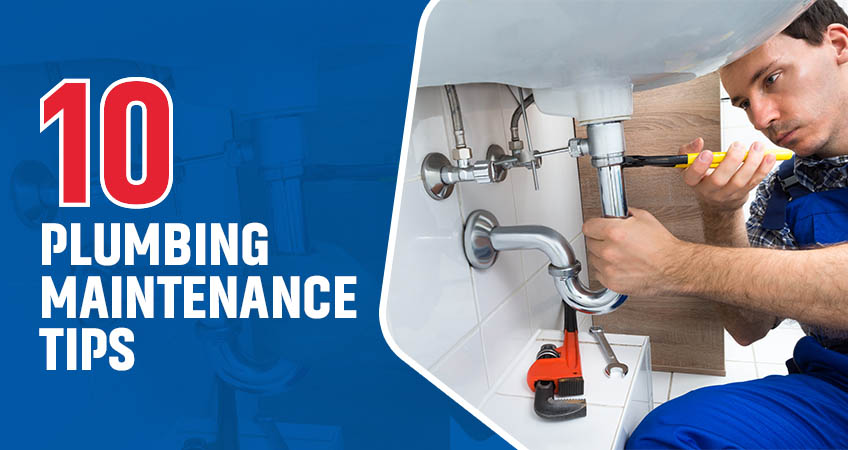Blocked drains, often referred to as a clogged drain, are more than just a nuisance—they can pose serious hygiene and safety risks in your home. Knowing how to tackle a blocked drain can save you time and money, and can prevent minor issues from becoming major problems. This guide will walk you through the process of unblocking a drain, step by step.
Common signs of a blocked drain
Before you start unblocking a drain, it’s essential to recognize the signs of a drain blockage:
- Slow draining water: If water is taking longer than usual to drain from your sink, bath, or shower, it could indicate a clog.
- Unpleasant odours: Foul smells emanating from the drain are often a sign of trapped debris.
- Gurgling sounds: Strange noises coming from your pipes can suggest that air is trapped due to a blockage.
- Water back-up: Water pooling around the drain or coming back up from it is a clear sign of a serious blockage.
Preparations
Before you start, you’ll need to gather some basic tools and materials:
- Plunger
- Drain snake (also known as a plumber’s auger)
- Drain rods
- Baking soda
- Vinegar
- Rubber gloves
- Bucket
- Commercial drain cleaner (optional)
Step-by-step instructions
Try boiling water first
If your drain is only partially blocked, try pouring a kettle of boiling water down it before attempting any other method. This can often dislodge minor blockages without the need for additional tools or chemicals.
Using a plunger on a sink or bath drain
- Remove the drain coverto access the drain.
- Fill the sink or bath with waterso that the plunger’s rubber cup is submerged.
- Place the plunger over the drainand press down firmly to create a seal.
- Push and pull the plungervigorously for about 20 seconds.
- Lift the plungerto see if the water drains away. Repeat if necessary.
Using a drain snake to clear debris and hair from deeper in the pipe
- Insert the drain snakeinto the drain pipe until you feel resistance.
- Turn the handleto push the snake further into the pipe and break up the blockage.
- Pull the snake outslowly to bring up any debris.
- Run waterto see if the blockage is cleared. Repeat if necessary.
Making and using a homemade drain cleaner with baking soda and vinegar
- Pour half a cup of baking sodadown the drain.
- Follow with half a cup of vinegar.
- Cover the drainwith a plug or cloth to contain the reaction.
- Wait for 15 minutes, then pour boiling water down the drainage pipe to flush it out.
Unblocking an external drain with drain rods
If you have a blocked external drain, you may need to use drain rods to reach the blockage.
Here’s how drain rodding should be performed:
- Remove the drain coverand insert the drain rod into the drain.
- Push the roduntil you feel resistance from the blockage.
- Rotate the rodsin a clockwise direction to break up the obstruction.
- Pull out any debristhat comes up with the rod.
- Run water down the drainto check if it is clear.
Safety tips for handling chemical cleaners
- Read the instructionson the product label carefully to ensure safe and effective use for clearing drain blockages.
- Wear rubber glovesand ensure the area is well-ventilated.
- Never mix drain cleanerswith other chemicals, as this can cause dangerous reactions.
- Pour the cleaner slowlyinto the drain, avoiding splashes.
Preventative measures
Keeping your drainage system clear can prevent future blockages. Here are some tips:
- Use drain coversto catch hair and debris.
- Avoid pouring greaseor fat down the sink.
- Run hot waterdown the drain regularly to help dissolve any build-up.
- Use baking soda and vinegarmonthly to maintain clear pipes.
FAQ
What should I do if my drain remains blocked after trying these methods?
If you’ve attempted all the methods outlined and are still asking yourself, how do I unblock a drain, it may be time to call a professional plumber. They have specialised equipment that can diagnose and resolve issues with your drainage pipes.
Can I use chemical drain cleaners regularly without damaging my pipes?
Frequent use of chemical drain cleaners can potentially damage your pipes over time, especially if they are older or made of certain materials. It’s best to use them sparingly and consider natural alternatives for regular maintenance.
Is it safe to use a plunger on all types of drains?
While plungers are generally safe for most sinks and baths, caution should be used with toilet drains. Using a plunger incorrectly can lead to damage or overflow. Always use a toilet-specific plunger for best results.
Are there any common household items that can help with blocked drains?
Yes, in addition to baking soda and vinegar, other common household items such as salt and boiling water can help unblock drains. Pouring a pot of boiling water down the drain can help dissolve grease and soap residue.
How can I tell if there is a more serious issue with my plumbing beyond just a clogged drain?
If you experience recurring drain blockages, multiple drains are clogged simultaneously, or you notice a significant drop in water pressure, these could indicate a more serious plumbing issue, such as tree root intrusion or a damaged sewer line. In such cases, professional assistance is recommended.
Conclusion
Maintaining clear drains is essential for a hygienic and safe home. With these steps, you can confidently tackle a blocked drain and enjoy the satisfaction of resolving the issue yourself. However, sometimes a blockage might require professional attention.
Call on the professionals
If you’re dealing with a stubborn blockage or want to ensure your plumbing is in top condition, get in touch with Plumbernow. Our team of skilled and experienced plumbers offers a range of affordable services, backed by excellent customer service.
Don’t hesitate—contact us today for a free quote for professional solutions to all your plumbing needs.







